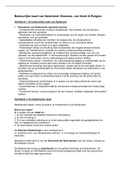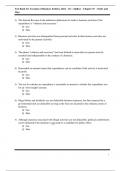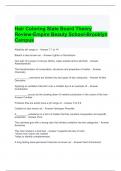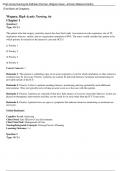Resume
Summary of all lecture slides and articles Strategy & Organisation Pre Master Business Administration
- Cours
- Établissement
This document contains a detailed summary of all lecture materials and all the weekly articles discussed in the course Strategy & Organisation of the PreMaster Business Administration.
[Montrer plus]











